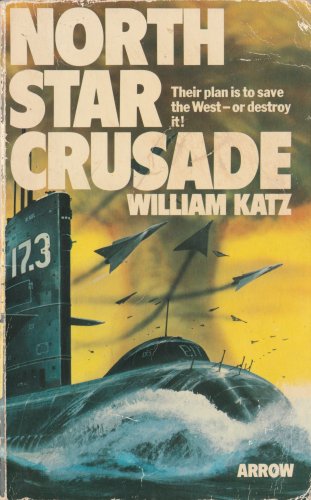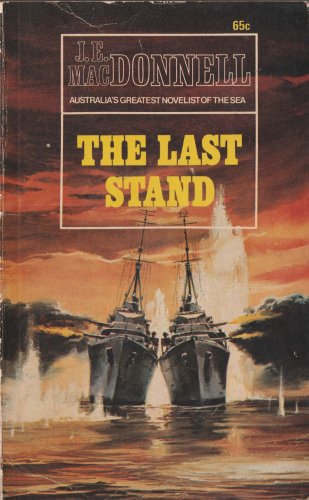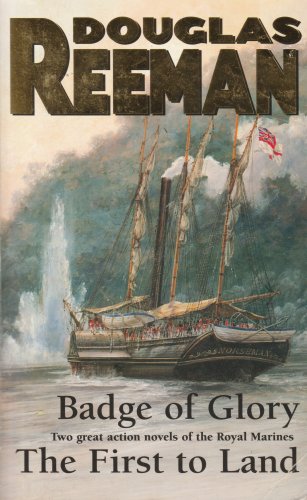- Joined
- 16 December 2010
- Messages
- 3,759
- Reaction score
- 4,105
Craig DiLouie, Contact!, 2017
United States
USS Sandtiger (SS-???)
Gato Class Submarine
Details as per the real ships.
USS Flagfin (SS-???)
Submarine, class not specified
No other details provided
USS Grant (DD-??)
Benham Class Destroyer
Details as per the real ships
Note: Explicitly identified as such by the author. Name clashes with the USS Albert W. Grant (DD-649), a Fletcher Class Destroyer in service between 1943 - 1946 and scrapped in 1971.
Japan
Myûru Maru
Transport
Length: 430ft (131.1 m)
Displacement: 6900 tons
Draft: 25ft (7.62m)
No other details provided
Unnamed
Destroyer, class not specified
No other details provided
Plot summary: The year is 1944. After surviving the harrowing expedition to the Sea of Japan, the crew of the USS Sandtiger are given a new captain and ordered to assist in the destruction of a Japanese battery on Saipan prior to the American landings (15 June 1944), one which mounts a spare 18 inch gun from the Yamato.
Note: This is the fourth in a series of WWII action novels by this author. Prior volumes in the series covered in this thread are 'Crash Dive' (2015), 'Silent Running' (2016) and 'Battle Stations' (2016). Unlike the previous novels there is a much heavier land based component when part of the crew becomes involved in the attempt to destroy the Japanese gun.
United States
USS Sandtiger (SS-???)
Gato Class Submarine
Details as per the real ships.
USS Flagfin (SS-???)
Submarine, class not specified
No other details provided
USS Grant (DD-??)
Benham Class Destroyer
Details as per the real ships
Note: Explicitly identified as such by the author. Name clashes with the USS Albert W. Grant (DD-649), a Fletcher Class Destroyer in service between 1943 - 1946 and scrapped in 1971.
Japan
Myûru Maru
Transport
Length: 430ft (131.1 m)
Displacement: 6900 tons
Draft: 25ft (7.62m)
No other details provided
Unnamed
Destroyer, class not specified
No other details provided
Plot summary: The year is 1944. After surviving the harrowing expedition to the Sea of Japan, the crew of the USS Sandtiger are given a new captain and ordered to assist in the destruction of a Japanese battery on Saipan prior to the American landings (15 June 1944), one which mounts a spare 18 inch gun from the Yamato.
Note: This is the fourth in a series of WWII action novels by this author. Prior volumes in the series covered in this thread are 'Crash Dive' (2015), 'Silent Running' (2016) and 'Battle Stations' (2016). Unlike the previous novels there is a much heavier land based component when part of the crew becomes involved in the attempt to destroy the Japanese gun.



